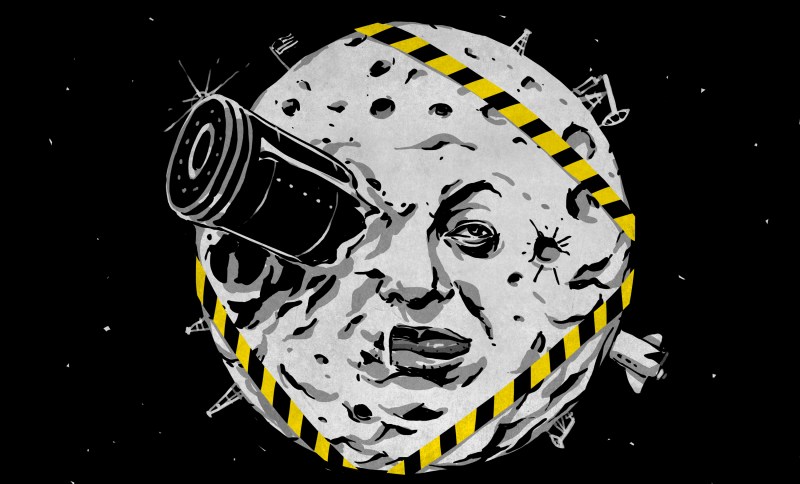Could Moon Mining Spoil Its Untouched Grandeur And Science Value?

It’s 2024. NASA’s Artemis program is in full swing, and we’re hoping to get back to the surface of the Moon real soon. Astronauts haven’t walked on the beloved sky …read more Continue reading Could Moon Mining Spoil Its Untouched Grandeur And Science Value?
